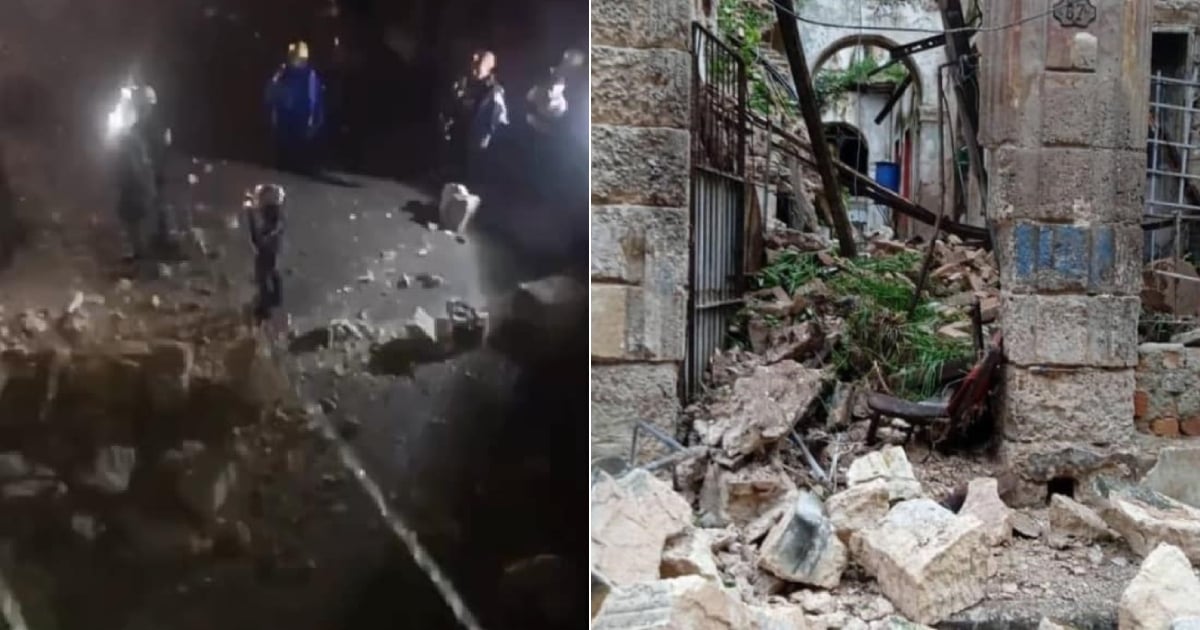In the wake of the devastating Hurricane Rafael, Havana has reported at least 461 building collapses, both complete and partial, according to an initial report released by the city's authorities on Thursday. Yanet Hernández, the Governor of Havana, announced in a press conference that aside from the significant damage to homes and other structures, there were also 495 downed electrical poles, leaving much of the province without power.
Hernández highlighted that the hurricane's powerful winds, reaching speeds of up to 175 km/h, also led to numerous fallen trees and dislodged light roofing, as reported by the EFE news agency. Fortunately, no fatalities have been reported in the provinces that bore the brunt of the storm—Artemisa, Havana, and Mayabeque—where over four million people reside, with more than two million living in the capital.
Impact Across Provinces
In the morning report on Thursday, the Cuban government disclosed that Artemisa experienced the most severe damage, particularly affecting hospitals, schools, service stations, homes, roofs, and the electrical grid. The preliminary data indicated damage in Havana to about 77 homes, 21 educational centers, and seven hospitals, alongside the disruption of electrical connections and widespread tree damage.
Meanwhile, Mayabeque faced significant agricultural losses, particularly in banana and cassava crops. The Isla de la Juventud reported "minor" damage to homes and state buildings, with the tourist destination Cayo Largo del Sur suffering the most. No damages were reported in the province of Pinar del Río, as per Cuban authorities.
Evacuations and Recovery Efforts
Governor Hernández also noted that thousands of people were evacuated, with official reports indicating that at least 50,000 individuals sought safety in secure locations while others stayed with family and neighbors. Despite these precautions, many had to be rescued amid the storm due to collapses in their homes.
Efforts to recover are underway in Havana, including debris removal. Hernández also announced the resumption of operations at José Martí International Airport and others like Juan Gualberto Gómez in Varadero, Matanzas province. Regarding the ongoing power outages, she mentioned that restoring electricity is challenging, particularly due to downed power lines, as reported by EFE.
Power Outages and Recovery Challenges
Just hours before the hurricane made landfall in Cuba, the National Electric System (SEN) was completely disconnected. The Unión Eléctrica (UNE) reported that at 2:48 p.m. on Wednesday, the hurricane's intense winds caused the SEN to go offline, marking the second major blackout in less than three weeks. By Thursday afternoon, a subsystem covering Matanzas to Holguín was restored through the integration of thermoelectric plants, Energas Varadero, and distributed generation centers in those regions. However, Havana, Mayabeque, and Artemisa remain without power as authorities assess transmission lines and work to restore service as quickly as possible. The hurricane destroyed several high-voltage towers along the Havana-Artemisa highway.
Rafael, the second hurricane to strike Cuba in just over two weeks, has dealt another harsh blow to the nation, which is already grappling with a severe economic crisis that has persisted for over five years. On Wednesday evening, the cyclone crossed the island's western tip from south to north, initially as a Category 3 hurricane on the Saffir-Simpson scale, which has a maximum of 5, before downgrading to Category 2. With maximum sustained winds reaching 185 km/h and rainfall up to 200 liters per square meter, the hurricane left widespread flooding and destruction in its path.
